America's Tesla vs CCS EV charger war is like battle between VHS and Betamax
Ask your parents what a 'video cassette' is...
Anybody over a certain age will remember the ‘format wars’ of the early 1980s, where rival VHS and Betamax video cassette formats battled to become the market leader for home video playback. Now the world of electric vehicles is seeing a similar format war take place over the new standard in EV charger connector.
At the end of May, Ford declared that from 2025, all its new EVs sold in the United States would adopt Tesla’s proprietary vehicle charging connectors.
This marks a major coup for Tesla, which until now has been the only company to use its in-house plugs and sockets that the Freemont-based car maker dubbed the North American Charging Standard (NACS) connector.
Car makers and buyers in Europe, China and Japan have clearer charging standards than the US. In Japan, the Chademo system has been embraced, while China has GB/T, although both countries are now working on a new high-voltage charging format called ChaoJi, which is expected to become the EV standard in Asia.
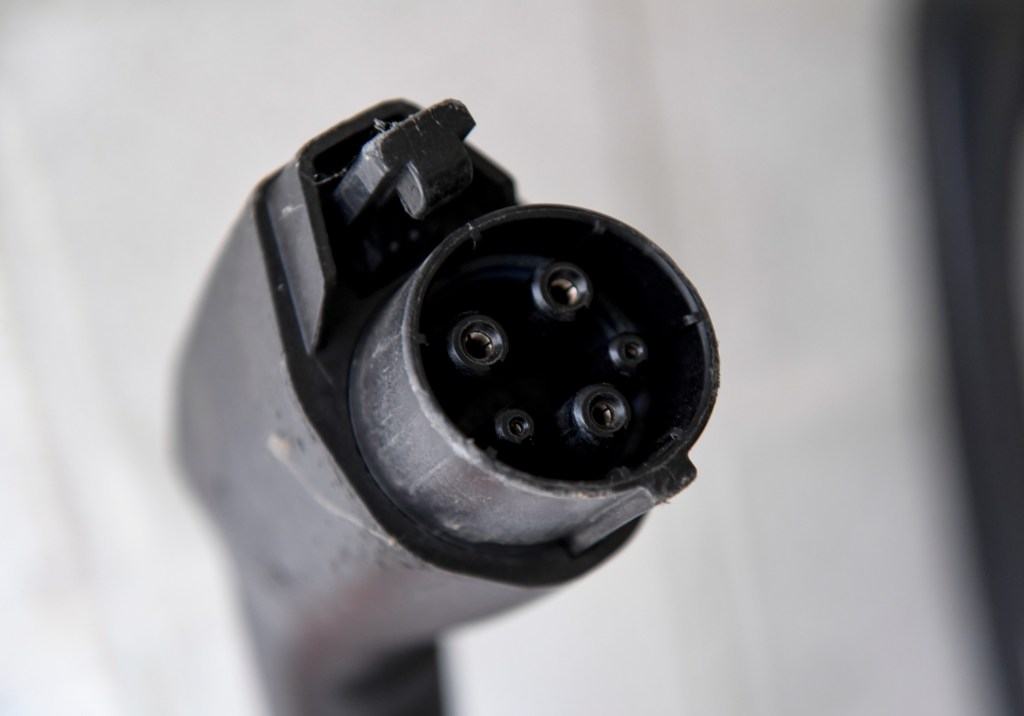
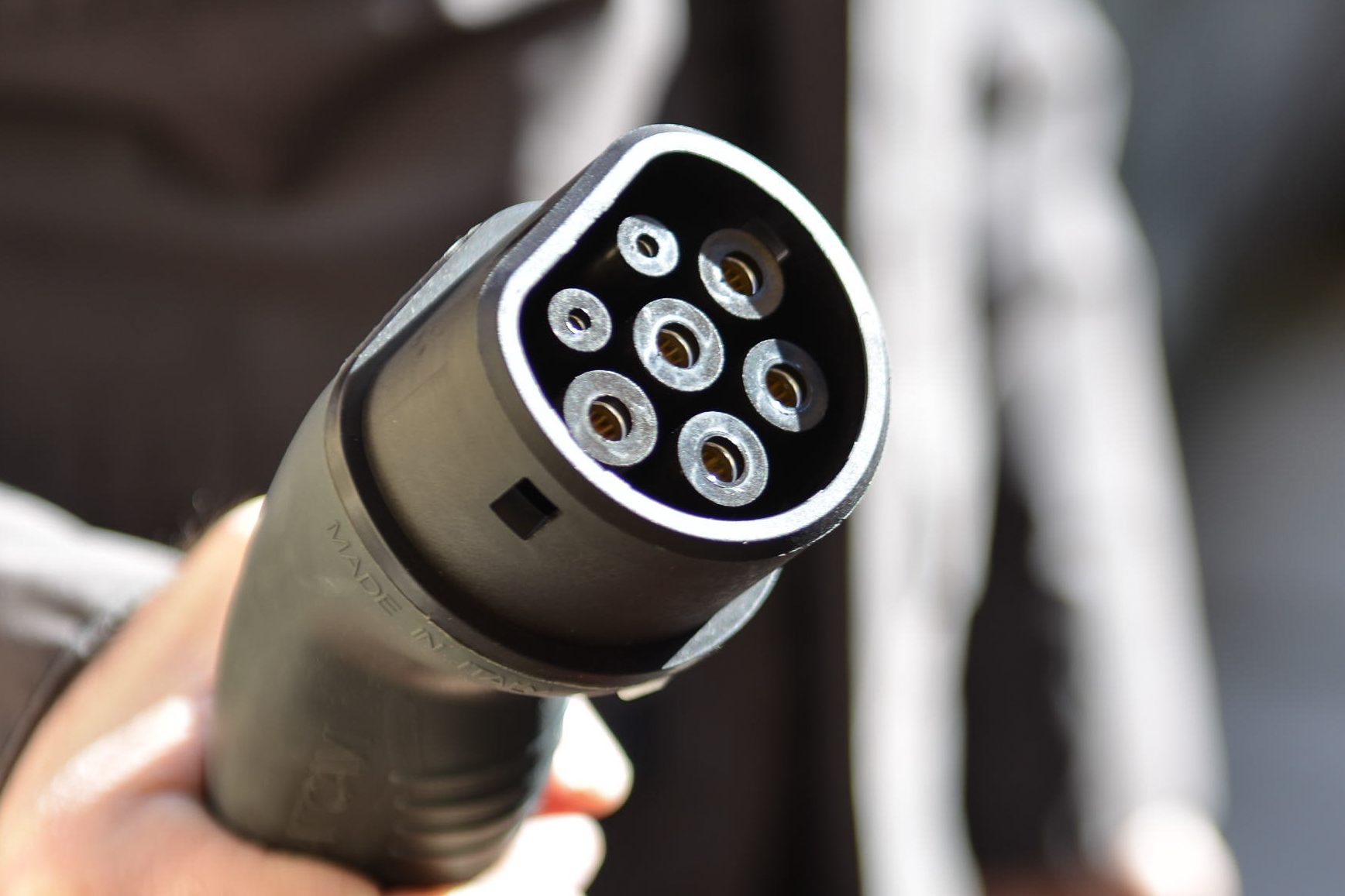
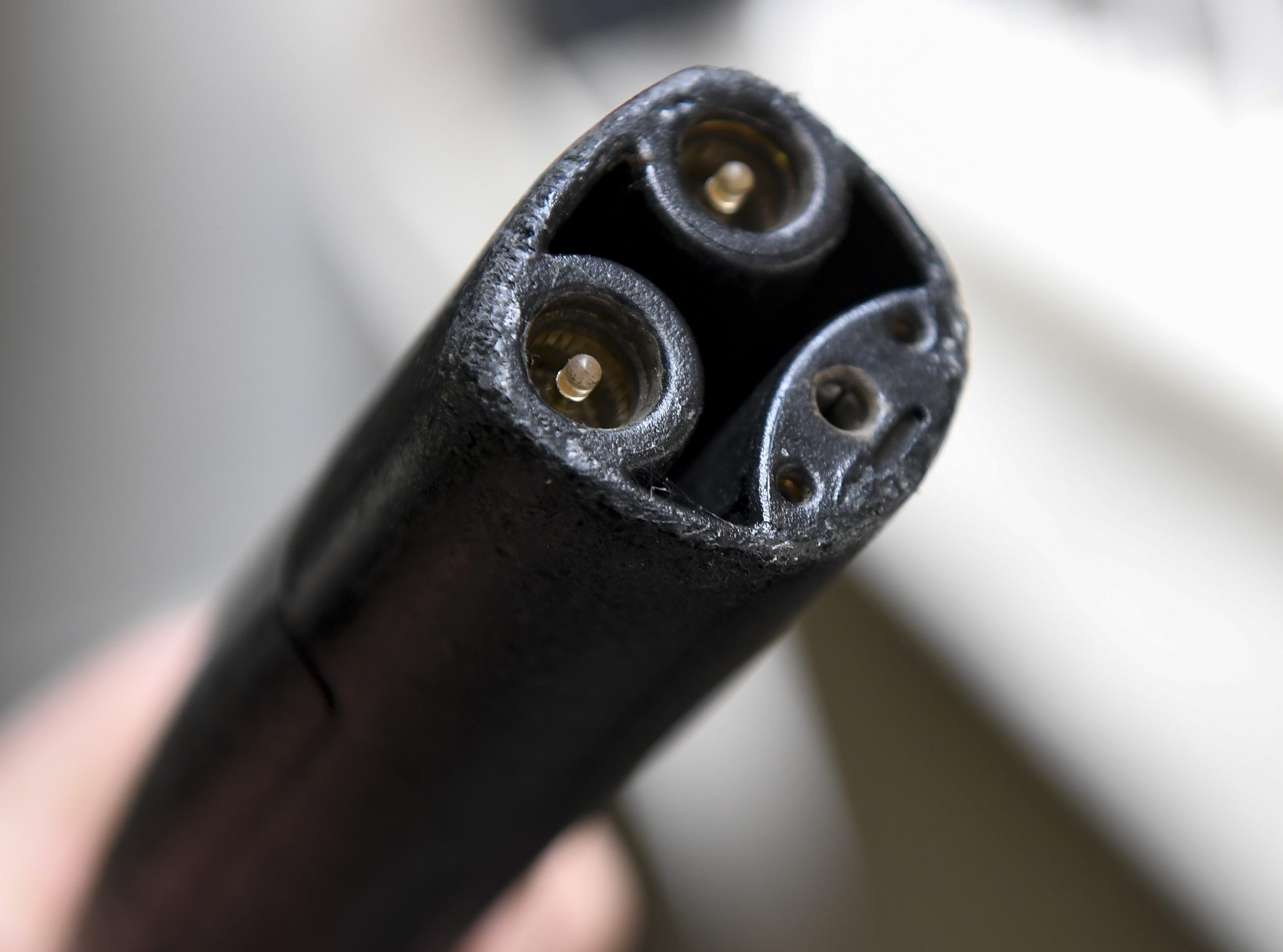
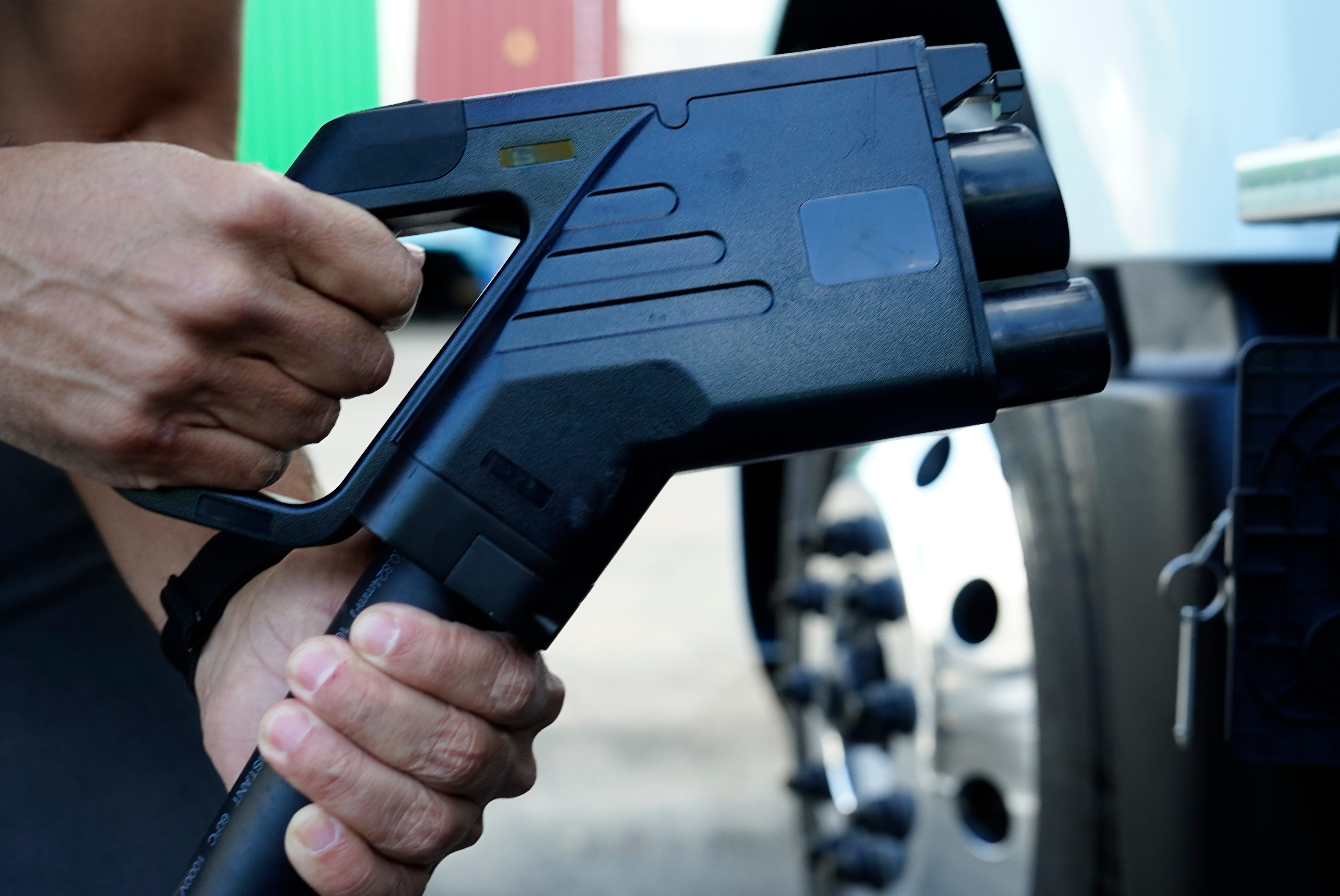
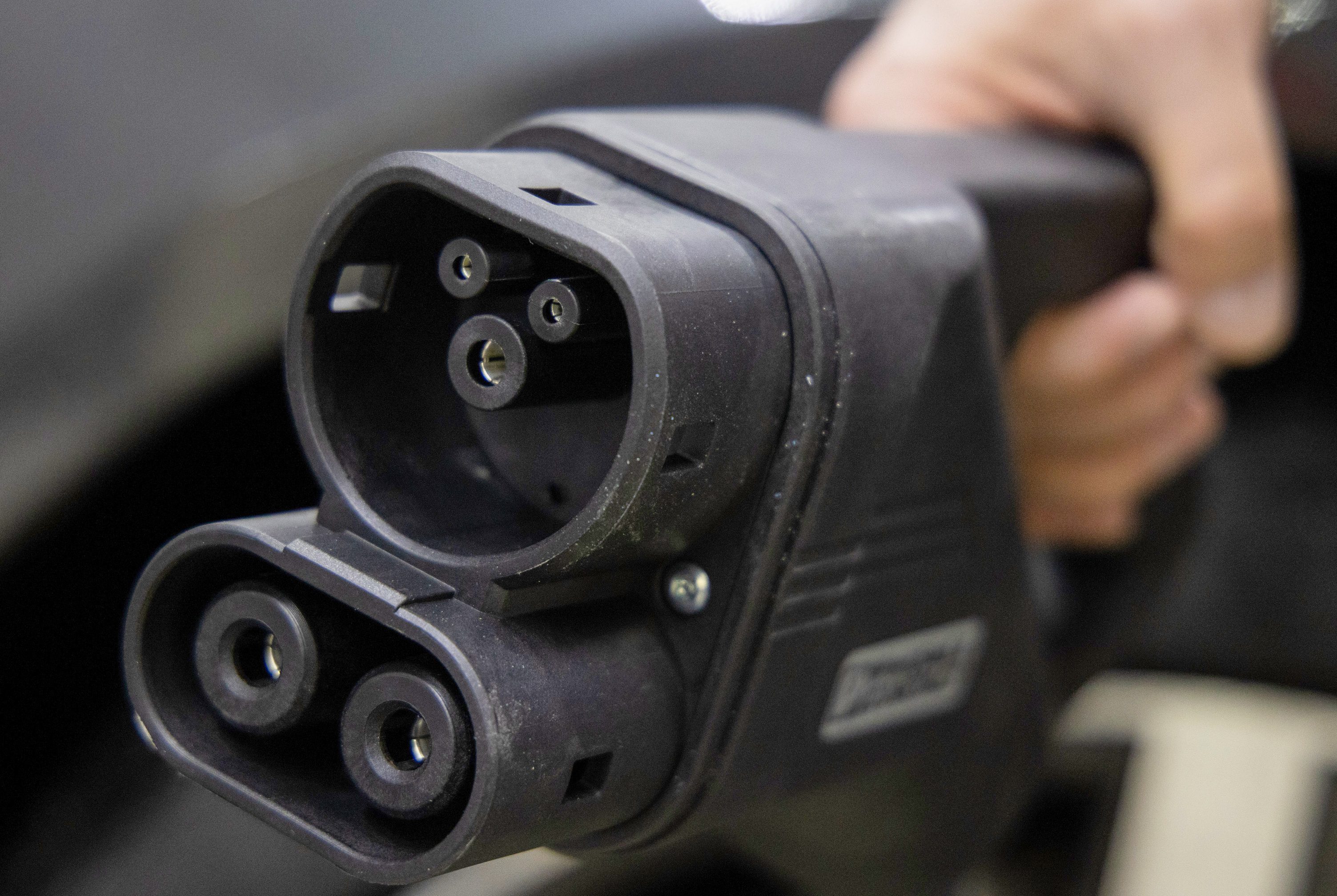
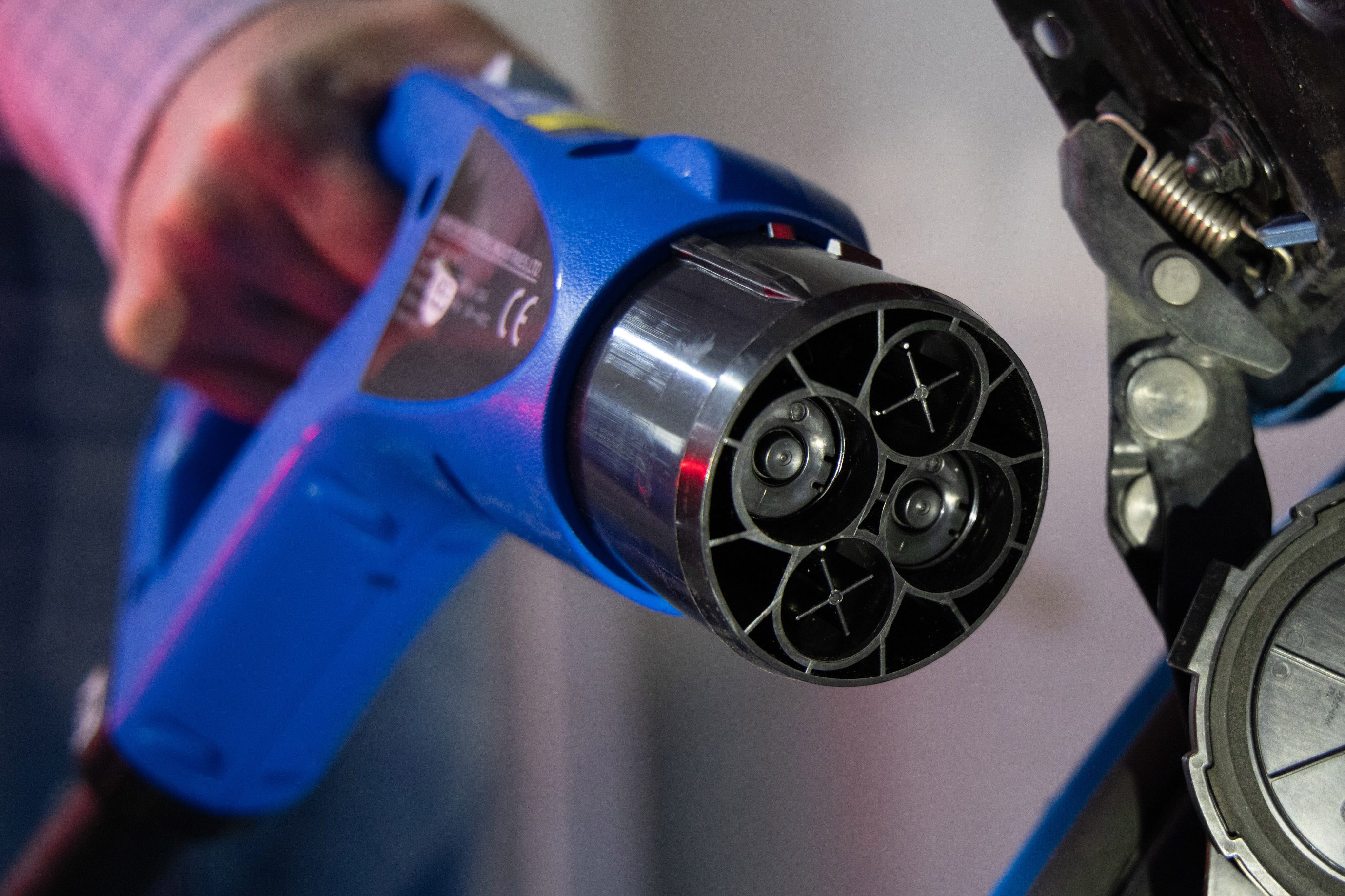
Europe adopted an AC charging system called Type 2 and the standard for DC rapid charging is now the Combined Charging System (CCS), which effectively adds DC pins to the Type 2 plug, though Chademo can also be found as that was the rapid charging system introduced with the groundbreaking Nissan Leaf when it first launched in 2010. In the UK there remain 6,418 legacy Chademo connectors, according to Zap-Map.
However, CCS chargers offer higher charging speeds and so now dominate new installations, with 7,650 online as of the end of May 2023.
The European CCS Combo 2 standard has even been adopted by Tesla on the continent, which adds further clarity for buyers and car makers.
| Rapid charger type | UK chargers | Share |
|---|---|---|
| CCS (up to 350kW) | 7,650 | 49% |
| Chademo (50kW) | 6,418 | 41% |
| Tesla Supercharger (pre-2019 Type 2, up to 120kW) | 434 | 3% |
| Tesla v3/ v4 CCS (up to 250kW) | 1,011 | 7% |
However, in the US, where the CCS is based on the single phase Type 1 AC plug, a clear winner in the connector standards battle hasn’t yet to emerge. It’s possible Ford’s move could help tip the balance.
Though potential charging speeds are similar, there are some advantages to the NACS system compared with the American CCS Combo 1 system.
For one thing, on an NACS connector the car’s charging port locks the connector in place, but on the CCS Combo 1 unit, there is a lock on the connector. If the lock fails on an NACS connector, then the car will need to be fixed, but if a CCS Combo 1 lock fails, then the charger may be put out of action. With Europe’s Type 2 connectors and the CCS Combo 2, the car locks onto the plug similarly to NACS.
More important, perhaps, is that compared with American CCS plugs, the NACS plugs are more compact, arguably making them less cumbersome and easier to use by motorists. Whereas a CCS connector (of either type) is a hand blender-sized connector with seven holes/pins, the NACS connector is around half the size, with five pins, and lighter.
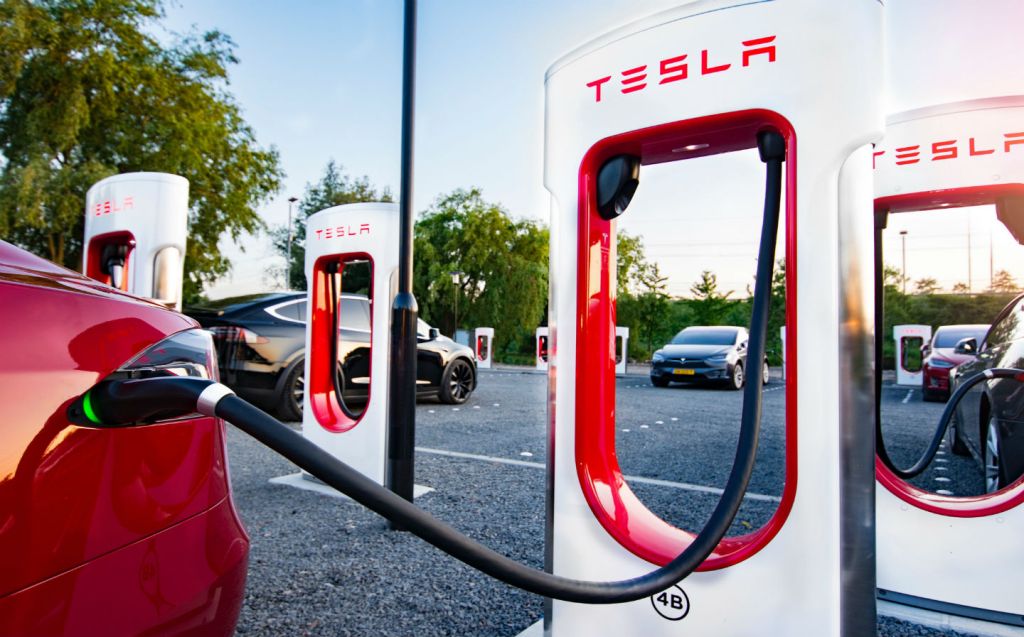
However, the major reason behind Ford’s move to NACS focuses on accessibility. There are around 10,000 CCS T1 charging points in the US but there are more than 19,000 Tesla Supercharger locations across the USA, meaning there are 60 per cent more NACS posts than all the CCS-equipped networks combined.
Tesla also claims that NACS-equipped vehicles outnumber CCS two-to-one in the country.
With so many more Superchargers on offer there is logic in Ford adopting NCAS, especially since Tesla announced it is opening its Superchargers to drivers of other car brands.
The NACS connector was made open-source by Tesla in 2022, meaning that those other car makers have been able to adopt the format when developing their EVs for around a year now. With Ford being the best-selling car manufacturer in the US, it’s possible that the company’s backing of NCAS will see other brands commit to the format.
CCS fightback
However, champions of CCS Combo 1 connectors aren’t taking things lightly. CharIn, an organisation behind the CCS charging standard in the States, issued a statement criticising Ford’s decision.
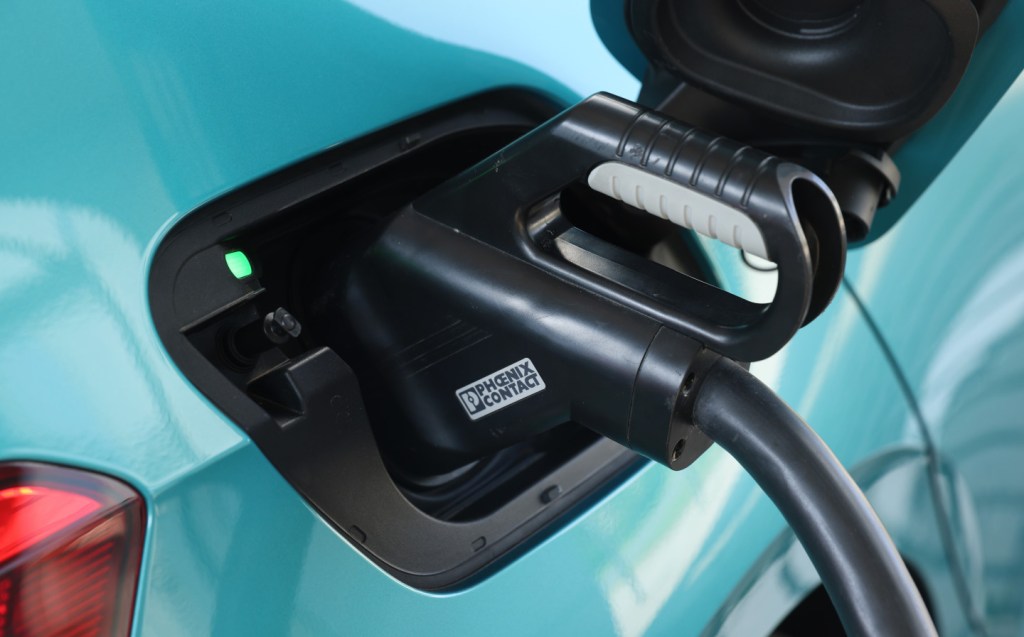
“The global EV industry cannot thrive with several competing charging systems,” it claimed. “CharIn supports global standards and defines the requirements based on the input of its international members.
“CCS is the global standard and therefore focuses on international interoperability and, unlike NACS, is future proofed to support many other use cases beyond public DC fast charging.
“Early, unconsolidated announcements of changes create uncertainty in the industry and lead to investment obstacles.”
We’ll have to wait and see whether Ford’s announcement results in NACS becoming the EV charging standard in the USA. But with the country in need of a fast-charging network to fulfil an ambition to increase the number of EVs on the roads, access to Tesla’s network will be a fast way to meet any extra charging requirements.
Either way, a clear single standard will make things a lot easier for EV drivers and manufacturers alike.
Related articles
- If you were interested in the potential new ‘EV charger wars’, you may want to read how the the electric vehicle to charger figures are being labelled as “completely misleading”
- Renault to launch 400kW ultra-rapid charging hubs and new EVs through Mobilize sub-brand
- EV tips: 10 things to know before you buy an electric vehicle
Latest articles
- testing schedule 2
- test schedule
- F1 driver Lando Norris commissions bespoke open-top Land Rover Defender
- Citroën C3 and e-C3 2024 review: Petrol or electric, bow down before the new king of value cars
- Best-selling cars 2024: The UK’s most popular models
- Fourth-generation BMW 1 Series shows its new face with all-petrol line-up for the UK
- Cupra Tavascan 2024 review: Funky electric SUV continues Spanish brand’s EV roll
- Divine intervention? Trump-supporters’ motorhome destroyed after rolling into telegraph pole
- Extended test: 2023 Vauxhall Astra Sports Tourer GS PHEV












